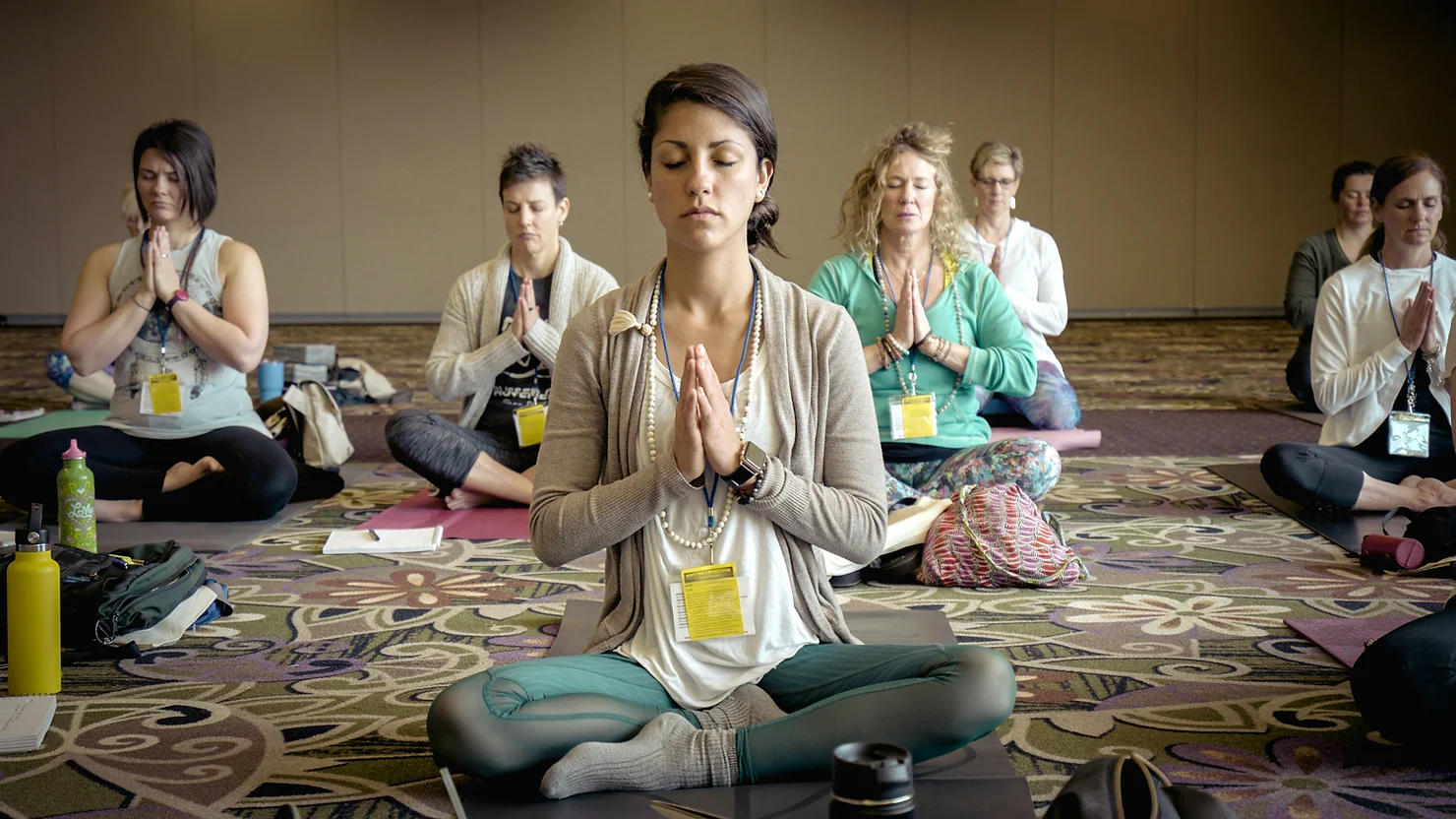In our ongoing exploration of the 8 Limbs of Sketchbooking, we've previously delved into Yamas (Creative Ethics) and Niyamas (Personal Observances). This week, we turn our focus to the third limb: Asana, traditionally understood as physical postures in yoga. In the context of sketchbooking and creative endeavors, Asana symbolizes the physical act of creating art—the posture, environment, and habits that support our creative process.I want to add here that creative projects that we engage in aren't the only works in progress that I encourage my readers to commit to.
In the same way that we explore here the creative activity of ensuring our inspired artwork continues to grow and flourish we push our bodies through work that progressively improves our body, mind, and spiritual outlook so we can more easily look within for a never-ending source of inspiration. I see it as a beautiful cycle of life at any rate!

The term "Asana" in Sanskrit translates to "seat" or "posture." In yoga, it refers to the physical poses that prepare the body for meditation. Similarly, in art, Asana can be seen as the physical and environmental setup that facilitates creativity. This includes our workspace arrangement, the tools we use, and our bodily posture during creation.
Key Components of Asana in Art:
- Physical Posture: Maintaining a comfortable and sustainable posture to prevent strain during extended periods of creation.
- Workspace Setup: Organizing tools and materials in a manner that enhances efficiency and inspiration.
- Routine and Discipline: Establishing consistent practices that nurture the creative process.
The Role of Physical Posture
Just as yoga emphasizes the importance of physical alignment, artists must consider their posture to maintain health and prolong their creative careers. Poor posture can lead to discomfort or injury, hindering the creative process.
Tips for Maintaining Healthy Posture:
- Ergonomic Seating: Use chairs that support the natural curve of the spine.
- Proper Desk Height: Ensure your work surface allows your arms to rest comfortably at a 90-degree angle.
- Regular Breaks: Incorporate short breaks to stretch and relax muscles, reducing fatigue.
Designing an Inspiring Workspace
The environment in which we create profoundly impacts our productivity and inspiration. An effective workspace balances functionality with personal aesthetics.
Elements of an Effective Creative Workspace:
- Organization: Keep tools and materials orderly to streamline the creative process.
- Lighting: Utilize adequate lighting to reduce eye strain and enhance focus.
- Personal Touches: Incorporate items that inspire you, such as artwork, plants, or meaningful objects.
Example: A graphic designer might arrange their workspace with a large monitor at eye level, a graphics tablet within easy reach, and walls adorned with inspirational designs. This setup not only supports their physical needs but also stimulates creativity.
Establishing Creative Routines
Consistency can be a catalyst for creativity. Developing routines helps signal to the mind that it's time to create, reducing resistance and fostering a flow state.
Strategies for Building Creative Habits:
- Scheduled Sessions: Dedicate specific times for creative work to build rhythm and expectation.
- Mindfulness Practices: Engage in activities like meditation or yoga to center the mind before creating.
- Journaling: Reflect on your creative process to identify patterns and areas for growth.
Example: An illustrator might start their day with a brief meditation, followed by a set time for sketching, creating a ritual that fosters focus and creativity.
Integrating Asana into the Creative Process
Embracing the concept of Asana in your creative practice involves a holistic approach, considering both physical and mental aspects.
Holistic Practices:
- Physical Warm-ups: Incorporate stretches or light exercises to prepare the body for creation.
- Mental Preparation: Set intentions or goals for your creative session to provide direction and purpose.
- Reflection: After completing a session, take time to reflect on what worked and what could be improved, fostering continuous growth.
Example: A painter might begin with gentle stretching, set a specific goal for their painting session, and conclude by reflecting on their progress and challenges faced.
Conclusion
Integrating the principle of Asana into your creative practice emphasizes the significance of physical posture, workspace environment, and disciplined routines. By mindfully designing these aspects, you create a foundation that supports and enhances your artistic endeavors, leading to a more fulfilling and sustainable creative journey.
For further insights into how physical practices like yoga can inspire and enhance creativity in the visual arts, consider exploring this resource:
Artistic Asanas: How Yoga Inspires Creativity in Visual Arts
This article delves into the interplay between yoga and creativity, examining how yoga can enhance artistic pursuits.